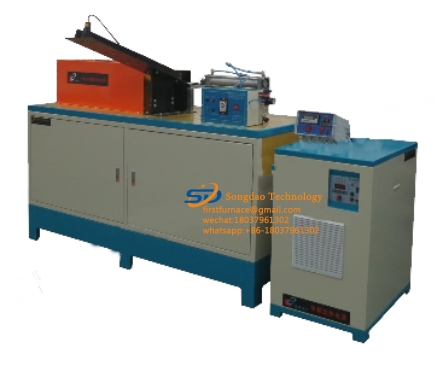- 07
- Oct
Traditional spheroidizing annealing process and its existing problems
Traditional spheroidizing annealing process and its existing problems
The traditional spheroidizing annealing treatment is divided into the following two stages.
(1) In the preparation stage for spheroidization, the steel to be spheroidized and annealed is heated to 30-50°C above the critical point and held for 1 to 2 hours for austenitization, so that carbides are dissolved into austenite. It is then rapidly cooled to below the critical point Ac to obtain fine crystal grains and refine the carbides to facilitate subsequent spheroidization. Refining grains and refining carbides create conditions for smooth spheroidization, so this stage is called the spheroidization preparation stage. Usually, the preparation stage for spheroidization starts from heating the steel to 850~900°C and holding it for 1~2h, which takes about ten hours in total.
(2) At the spheroidizing stage, the steel is austenitized and cooled to 700~750°C and kept for about 10 hours, so that the refined carbides will form spherical carbides through cohesion and diffusion, completing the spheroidizing and annealing process.
From the above spheroidization process, it can be concluded that the eutectoid steel and hypereutectoid steel with higher carbon content, under the action of high temperature for a long time, firstly cause oxidation and decarburization of the steel surface, which reduces the surface quality of the steel; Time spheroidization heat preservation increases energy consumption and reduces production efficiency. Therefore, it is hoped that the rapid spheroidizing annealing process can be studied to shorten the spheroidizing annealing cycle and improve the surface quality of the steel.

